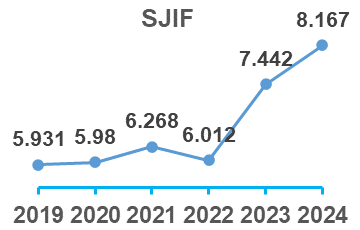NAAS Score (2024): 5.85
About the Journal
The Journal of Agricultural Engineering (India) is a peer-reviewed Journal and publishes interdisciplinary basic and applied research manuscripts of engineering and technology to address the problems of agricultural, food, and biological systems. The journal publishes papers of both theoretical and applied nature, with a special focus on experimental research, new design criteria, mathematical modelling and innovative approaches relating to all fields of agricultural engineering and technology. This journal uses double-blind review process.









